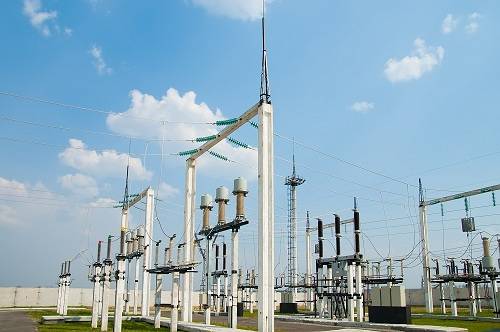Typically, any power transformer includes a closed core and two or more electric windings under electric current.
During operation, transformer insulation is exposed to an electric field which is equivalent to nominal operating voltage. There is also a possibility of occurrence of short surges as a result of grid switching, emergency conditions or lightning strikes.
Such conditions cause heating of current-carrying parts of a transformer, which contributes to aging of insulation and reduction of its dielectric properties. Therefore, the choice of insulation for power transformer must be approached responsibly. It determines the duration of the equipment service life under various influences (thermal, electrical and mechanical) during operation. Windings of low-power transformers usually have paper, varnish or fabric insulation.
In high voltage transformers, insulation medium function is performed by special transformer oil. If we compare the structure of dry and oil-filled transformers, it should be noted that the devices of the second type are more complex.
Oil-filled transformers include a tank with radiators, filled with oil, and a magnetic core with windings. The tank has a filler plug and insulating liquid level indicators. Rising temperature causes the expansion of oil. For the purpose of equalizationб the inner surface of the tank is corrugated. There is also a safety valve which provides protection from excessive pressure.
When installing an unpressurized-type transformer, it is necessary to take into account all the requirements of fire safety and sanitation standards, due to the human health hazard that can be caused by oil vapors as well as their flammability.
But despite the listed points, oil-filled power transformers have a number of obvious advantages and are in high demand. Pressurized transformers are characterized by greater safety, since in this case any contact of insulating oil with the environment is excluded. They do not require any complex maintenance. Service personnel simply have to add oil to the proper level. The advantages of oil-filled power transformers include a relatively small reactance, long service life and minimal unscheduled intervention.
When selecting a transformer, the first thing that should be considered is its class of voltage, and only after that all other factors: price, reliability, ease of use, fire safety, etc.
There are the following transformer voltage classes: 3 kV transformer, 6 kV transformer, 10 kV transformer, 110 kV transformer, 220 kV transformer, 500 kV transformer and others.

